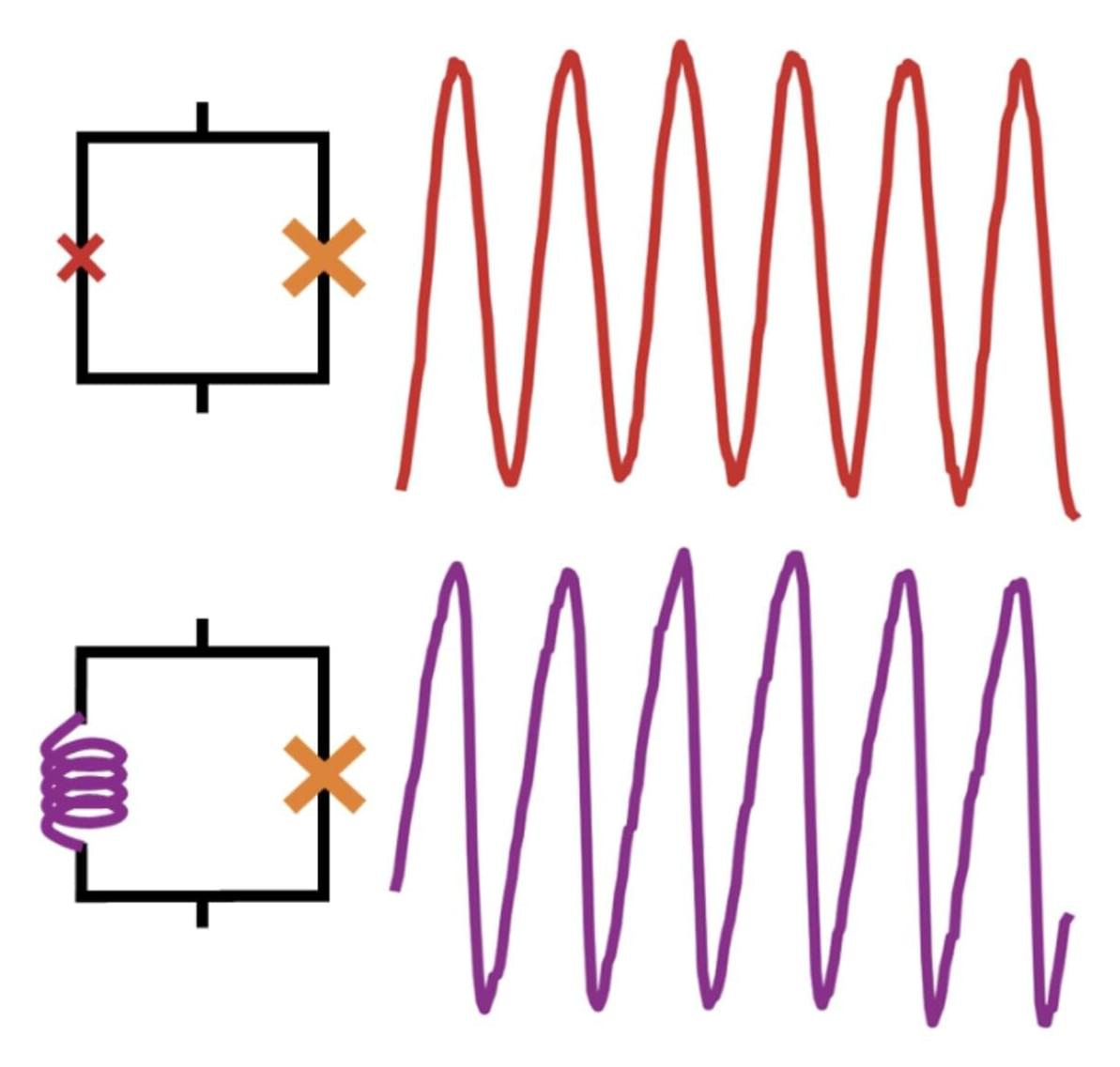Superconductivity is an advantageous physical phenomenon observed in some materials, which entails an electrical resistance of zero below specific critical temperatures. This phenomenon is known to arise following the formation of so-called Cooper pairs (i.e., pairs of electrons).
There are two known types of superconductivity, known as conventional and unconventional superconductivity. In conventional superconductors, the formation of Cooper pairs is mediated by the interaction between electrons and phonons (i.e., vibrations in a crystal’s lattice), as explained by Bardeen-Cooper-Schrieffer (BCS) theory.
Unconventional superconductors, on the other hand, are materials that exhibit a superconductivity that is not prompted by electron–phonon interactions. While many past studies have tried to shed light on the mechanisms underpinning unconventional superconductivity, its underlying physics remains poorly understood.
